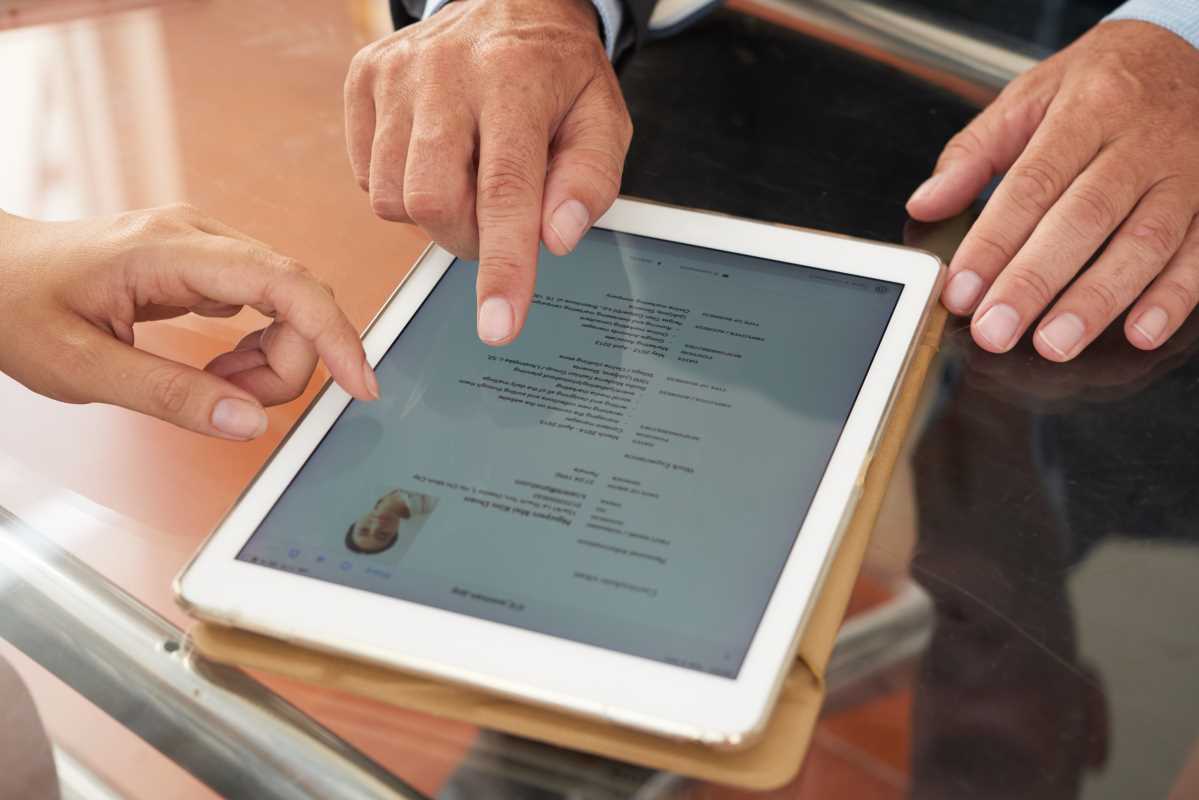In today’s fast-paced and evolving work environments, continuous learning is more than a buzzword—it’s a necessity. By embracing a mindset of lifelong learning, employees can remain adaptable, innovative, and poised for career success. This guide explores the key aspects of mastering continuous learning and how it fosters personal and professional growth.
The Importance of Continuous Learning
Continuous learning involves the proactive pursuit of knowledge and skills to stay relevant in a dynamic workplace. It equips individuals to:
- Adapt to Change: Evolving industries demand new skills and approaches. Employees who invest in learning are better prepared to handle transitions and innovations.
- Boost Productivity: Research consistently shows that lifelong learners are more engaged and efficient in their roles.
- Enhance Career Prospects: Developing new competencies can open doors to promotions and leadership opportunities.
For example, in the tech industry, where trends like artificial intelligence and blockchain emerge rapidly, professionals who prioritize learning remain at the forefront of innovation.
Creating a Culture of Learning
A workplace that fosters continuous learning thrives on collaboration, curiosity, and motivation. Organizations can build such a culture by:
- Providing Opportunities: Offer workshops, seminars, and access to online learning platforms.
- Encouraging Curiosity: Motivate employees to ask questions, seek knowledge, and innovate.
- Recognizing Achievements: Celebrate milestones like course completions or certifications to reinforce the value of learning.
Case in Point: Companies like Google invest in employee growth through initiatives such as “20% time,” where employees dedicate a portion of their work hours to learning new skills or exploring innovative ideas.
Leveraging Technology for Learning
Technology has revolutionized workplace learning, making it more flexible and accessible than ever. Employees can now upskill without compromising their responsibilities through:
- Online Courses: Platforms like Coursera, LinkedIn Learning, and Udemy offer a wide range of courses tailored to professional development.
- Mobile Apps: Tools such as Duolingo for language learning or Skillshare for creative skills make learning convenient and engaging.
- Virtual Reality: Advanced industries use VR to simulate real-world scenarios, offering immersive learning experiences.
By integrating these tools, organizations empower their teams to learn anytime, anywhere.
Setting SMART Learning Goals
Establishing clear objectives helps learners stay focused and measure progress. Use the SMART framework to set goals that are:
- Specific: Define what you want to learn. (e.g., “Master advanced Excel functions.”)
- Measurable: Track progress through certifications or completed modules.
- Achievable: Break down complex topics into manageable steps.
- Relevant: Align goals with career aspirations or organizational needs.
- Time-Bound: Set deadlines to maintain momentum.
For instance, an employee aiming for a managerial role might set a goal to complete a leadership course within three months.
Seeking Feedback and Reflection
Feedback and self-reflection are integral to mastering continuous learning. Here’s how to leverage them effectively:
- Solicit Feedback: Regularly ask supervisors, peers, or mentors for insights on your performance and progress.
- Reflect on Experiences: Analyze successes and setbacks to identify areas for improvement.
- Adjust Strategies: Use feedback to fine-tune your learning approach.
Reflection transforms experiences into actionable lessons, fostering a cycle of growth.
Embracing a Lifelong Learning Mindset
A lifelong learning mindset is characterized by curiosity, adaptability, and resilience. To cultivate this mindset:
- Stay Curious: Explore diverse topics and industries to broaden your horizons.
- Accept Challenges: View obstacles as opportunities for growth.
- Celebrate Progress: Acknowledge milestones to stay motivated.
Example: Entrepreneurs often exemplify lifelong learning by constantly acquiring new knowledge to navigate their dynamic environments.
Continuous Learning: A Pathway to Success
Mastering continuous learning is not just a professional obligation; it’s a journey of personal transformation. By prioritizing learning, employees can remain relevant in their fields, achieve their goals, and find fulfillment in their careers. As workplaces continue to evolve, those who embrace lifelong learning will thrive in the face of change.
So, take the first step today—identify your learning goals, leverage available resources, and embark on a path of growth that leads to success.



.jpeg)



